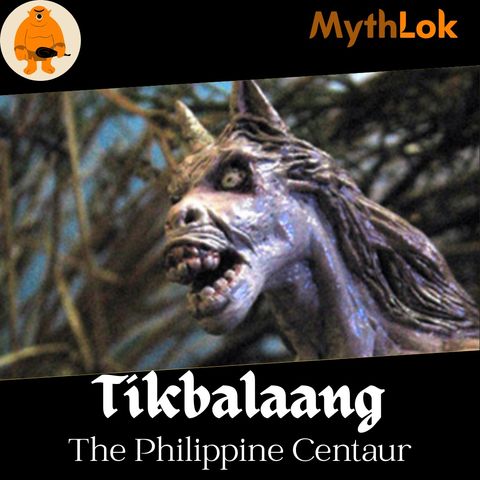Tikbalaang : The Philippine Centaur

Descarga y escucha en cualquier lugar
Descarga tus episodios favoritos y disfrútalos, ¡dondequiera que estés! Regístrate o inicia sesión ahora para acceder a la escucha sin conexión.
Descripción
In Philippine mythology, the tikbalang is a half-human and half-horse creature and it's very similar to the centaur in Greek mythology. It's believed that a tikbalang would scare away travelers...
mostra másTikbalang may have originated from Hayagriva, an avatar of the Hindu god Vishnu, whose worship was first recorded in 2000 BCE. Before the Spanish arrived in the Philippines, there were no horses in the area so the history of a horse shaped creature was not possible. In the pre-colonial period, tikbalang were regarded as spirits of the forests and ghosts and they were also referred to as "multo" and "bibit". In some versions, it is a transformation of an aborted foetus sent to earth from limbo.
Contrary to popular belief, the tikbalang is not a centaur. It can be described a being a reverse centaur as the centaur has the body of a horse and the torso and head of a man, the tikbalang has the head of a horse and the body of a human. The tikbalang is a tall, thin creature with a disproportionately long and disproportionately large limbs to the point that its knees reach above its head when it squats down. It has a thick mane and a lighter colour fur.
Some accounts also claim that the eyes of the tikbalang glow like embers and there is some fiery glow associated with it when enraged.
Read more at https://mythlok.com/tikbalang/
Información
| Autor | NITTEN NAIR |
| Organización | NITTEN NAIR |
| Página web | - |
| Etiquetas |
Copyright 2024 - Spreaker Inc. an iHeartMedia Company

Comentarios